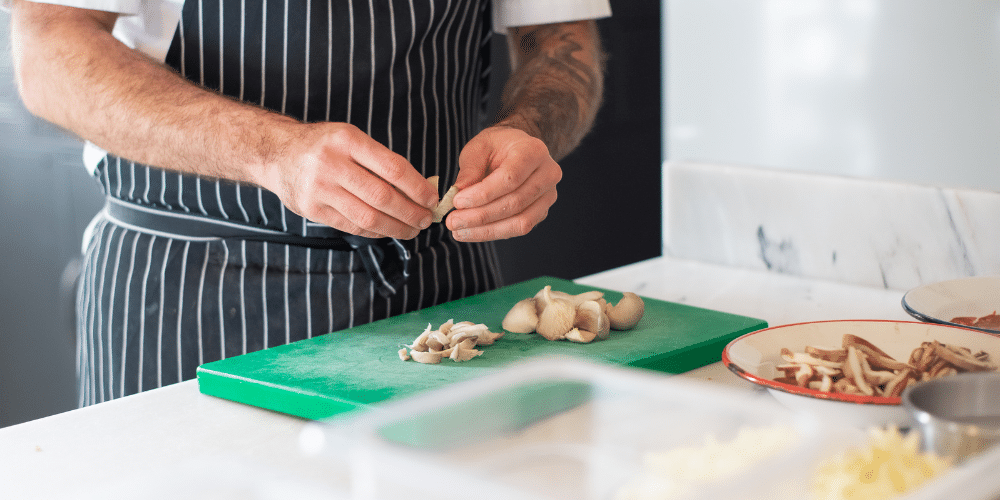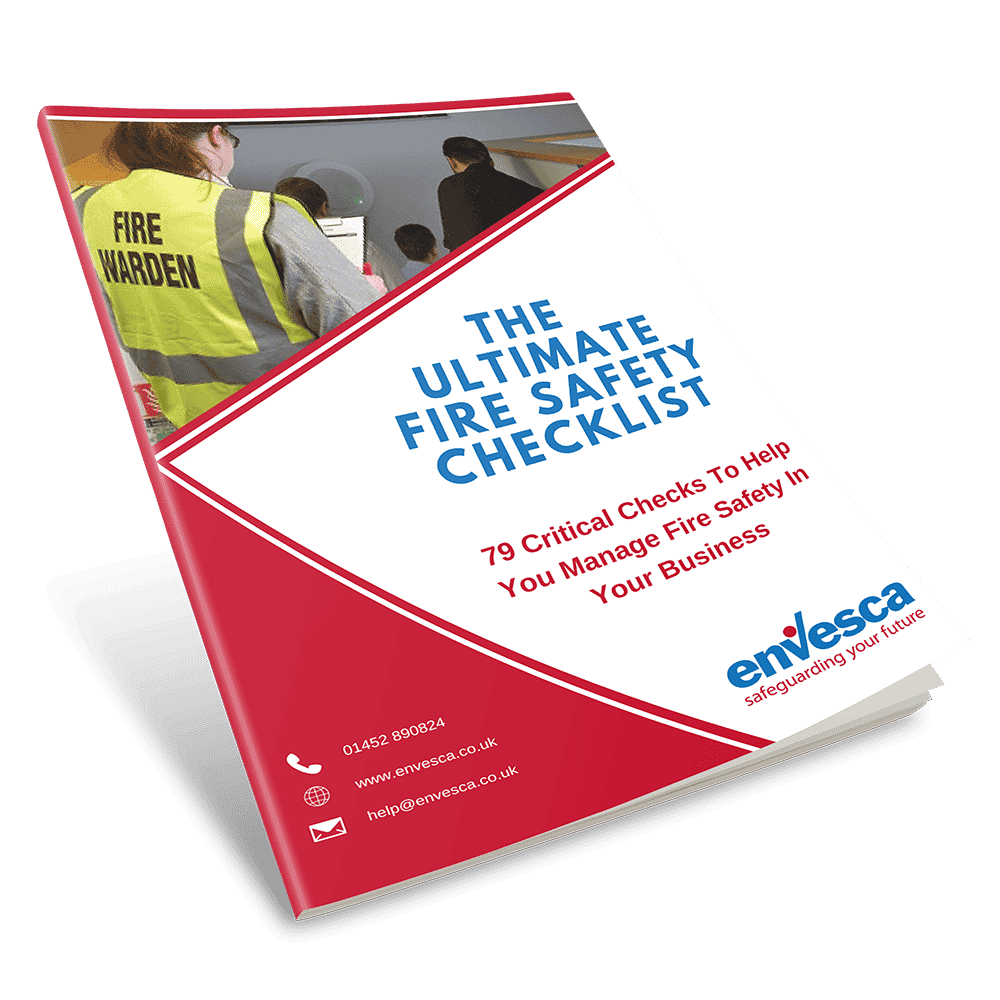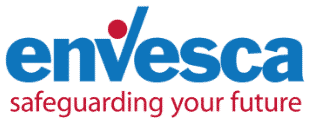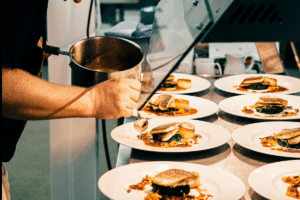Unmasking the Primary Sources of Cross-Contamination in Your Restaurant Kitchen
Unmasking the Primary Sources of Cross-Contamination in Your Restaurant Kitchen
It’s a question that’s been frequently asked, yet so often misunderstood – “What are the primary sources of cross-contamination in the kitchen?” In this article, we’re going to tackle that very question head-on, sharing valuable insights and practical tips to help you safeguard your food handling practices.
Cross-contamination is the unwelcome transfer of harmful substances or microorganisms, such as bacteria and viruses, from one object, place, or person to another. In a kitchen environment, this usually refers to the transfer from raw, contaminated food or surfaces to other foods, particularly those that are ready-to-eat. The result? A high risk of foodborne illnesses, allergic reactions, food spoilage, and even antibiotic resistance.
So, what are these primary sources of cross-contamination that are threatening the safety of your food? Let’s unravel them.
Direct Food-to-Food Contact
One of the most common ways cross-contamination occurs is through direct contact between raw and cooked or ready-to-eat foods. This is often a result of poor storage or careless food handling. For instance, imagine raw meat stored above a salad in the fridge. If juices from the meat drip onto the salad, bacteria from the meat can contaminate the salad. Similarly, placing cooked food back onto a plate that previously held raw meat can lead to cross-contamination. Paying attention to storage arrangement and handling practices is key to mitigating this risk.
Kitchen Utensils and Equipment
Cross-contamination is not limited to the food itself. Cutting boards, knives, utensils, pots, pans, and even your hands, can all become vehicles for unwanted transfer of microbes. Consider this scenario: you use the same cutting board for raw meat and then for chopping vegetables, without properly washing it in between. This seemingly harmless act can transfer harmful bacteria from the meat to the veggies, posing a real health risk to anyone who consumes them.

People
Human beings, despite being the masters of the kitchen, can also be significant sources of cross-contamination. Our bodies harbour a myriad of bacteria, viruses, and other microbes. Improper personal hygiene, like not washing hands thoroughly and frequently, especially after handling raw food, using the bathroom, coughing, or sneezing, can contaminate food and other surfaces in the kitchen. It’s a sobering reminder of how our actions can directly impact food safety.
Chemicals
Bacteria and viruses are usually the main concerns when we talk about cross-contamination. However, cross-contamination can also occur with cleaning chemicals. Storing food near cleaning agents or accidental spills can result in these chemicals coming into contact with food, which can be hazardous. Although cleaning is vital for maintaining a hygienic kitchen, it’s crucial to remember that cleaning agents have their place – and it’s away from your food.
Allergens
In the context of food allergies, cross-contamination refers to the inadvertent transfer of allergenic proteins from one food to another. This is a serious concern for people with food allergies. For them, consuming even trace amounts of an allergen can trigger reactions ranging from mild discomfort to potentially life-threatening anaphylaxis. It’s a sobering reminder of the responsibility food handlers hold.

Understanding these sources of cross-contamination is half the battle. So, how can we control these risks?
Here are 15 ways to prevent cross-contamination in your kitchen:
- Personal Hygiene: Good personal hygiene goes beyond just hand washing. Staff should avoid food preparation when they’re sick, tie back long hair or wear a hairnet, and cover any cuts or sores with a waterproof bandage. Each team member should also be regularly trained and reminded of the importance of personal hygiene and the potential consequences of negligence.
- Separate Equipment: Use separate, preferably colour-coded, cutting boards and utensils for different types of food. This practice, while seemingly simple, can significantly reduce the risk of bacterial cross-contamination. It’s a straightforward and effective way to ensure harmful bacteria from one type of food don’t make their way onto another.
- Proper Storage: Properly storing food is crucial in preventing cross-contamination. Raw and cooked foods should be kept separate, and raw meat, poultry, and seafood should be stored on the bottom shelf of the fridge to prevent their juices from dripping onto other foods. Utilising suitable containers and implementing a logical storage system can save you from potential food safety nightmares.
- Hand Hygiene: Regular and thorough hand washing is an absolute must in any kitchen. It is the simplest, yet most effective way to prevent cross-contamination. Hands should be washed before and after handling different types of food, after using the restroom, and after any activities that could potentially contaminate them.
- Regular Cleaning: Regularly clean and sanitise all surfaces, utensils, and equipment. This includes the less obvious ones like door handles, light switches, and fridge handles. Regular cleaning schedules should be maintained and all staff members should be aware of their responsibilities in this regard.
- Proper Handling of Allergens: Ensuring that food containing allergens is stored and prepared separately from allergen-free food is vital. Staff should be well-trained in managing allergens, including understanding the importance of reading and interpreting food labels.
- Safe Use of Chemicals: Always store cleaning chemicals away from food and food preparation areas. Follow the manufacturer’s instructions for use to prevent chemical contamination. Also, ensure that all staff are trained on how to handle these substances safely.
- Temperature Control: Maintaining correct temperatures in your kitchen is crucial to minimise bacterial growth. Keep cold food cold, below 5°C, and hot food hot, above 63°C. The danger zone, where bacteria grow most rapidly, is between these temperatures. Understanding and managing this is key to preventing foodborne illnesses.
- Training and Education: Everyone involved in food handling should receive proper training on food safety, including the causes and prevention of cross-contamination. Foster a culture of food safety in your establishment, where everyone understands their role in preventing cross-contamination.
- Avoid Overcrowding: Give food and utensils plenty of space, both in the refrigerator and during food preparation. Overcrowding can lead to accidental cross-contamination as well as make it harder to keep the area clean and organised.
- Promptly Clean Spills: Any spills, particularly those involving raw food, should be cleaned up immediately. This helps prevent bacteria from spreading to other foods or surfaces. Establishing a ‘clean as you go’ policy can help in maintaining cleanliness and order.
- Rotate Food (FIFO): Implement the “First-In, First-Out” rule to ensure that older stock is used first, reducing the risk of food spoilage and potential cross-contamination. It’s a simple principle that can significantly enhance your food safety practices.
- Properly Defrost Food: Always defrost food in the refrigerator, in cold water, or in the microwave if it will be cooked immediately. Never leave it to thaw at room temperature as this can encourage bacterial growth and increase the risk of foodborne illnesses.
- Regular Maintenance of Equipment: Ensure all kitchen equipment is regularly checked and maintained. Old or damaged equipment can harbour bacteria, increasing the risk of cross-contamination. Regular checks and prompt repairs can save you from unwelcome surprises and potential health hazards.
- Food Safety Management System: Implement a food safety management system based on Hazard Analysis Critical Control Point (HACCP) principles. This system helps identify potential hazards before they become problems. By understanding the flow of food through your kitchen and identifying the critical points where contamination could occur, you can implement controls to prevent, eliminate, or reduce those risks to an acceptable level.
Each of these points is a piece of the puzzle in controlling the risk of cross-contamination in your kitchen. It takes diligence, a keen eye for detail, and a deep understanding of food safety principles to ensure that the food you serve is not only delicious but also safe.
Remember, maintaining a high standard of food safety is an ongoing process, not a one-off task. It requires constant vigilance, regular training, and a strong commitment from everyone in the team. By understanding the primary sources of cross-contamination and implementing these preventive measures, you’ll be well on your way to running a safe, efficient, and successful kitchen.
Moreover, keeping the trust of your customers should always be at the forefront of your food safety agenda. A single incident of foodborne illness linked to your establishment can cause irreparable damage to your reputation. But by taking these steps to prevent cross-contamination, you’re not just protecting your customers; you’re also protecting your team, your business, and your brand.
Now that you’re well-versed in the primary sources of cross-contamination and how to combat them, you can approach food preparation and handling with renewed confidence and commitment to safety. After all, a kitchen that’s free of cross-contamination is a kitchen that’s primed for success.
Find this helpful?
Signup to our email notifications to receive alerts when we publish new blogs. We promise not to spam your inbox, you will just get a short snappy intro to Health and Safety articles we think you will love.
"*" indicates required fields

The Ultimate Fire Safety Checklist
If you’ve got a question or query, please contact our super friendly team, they will be delighted to help you!
Simply get in touch via phone or email.

Free
Resources &
Downloads
Informative. Useful. Practical.
Here at Envesca we believe that we are good at giving proactive, sensible and useful advice. Below you will find some free resources that you can download on a host of subjects that will help you and your business.
Training Available
Envesca offer a number of different training courses, which offer advice and guidance on these topics.




